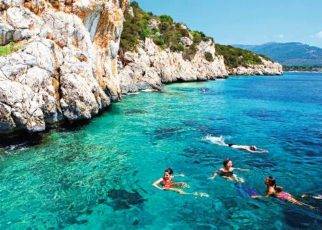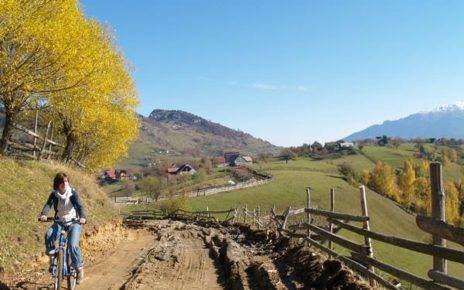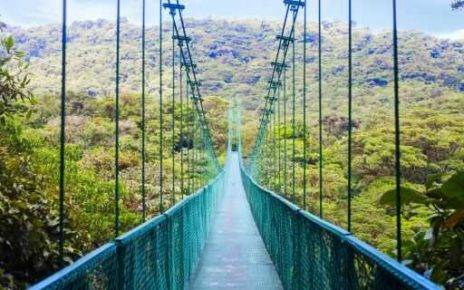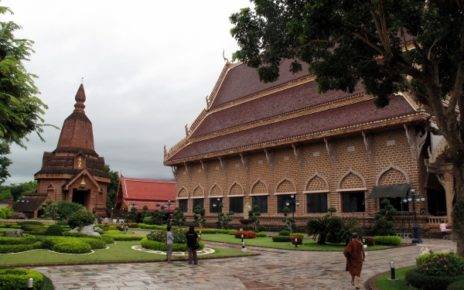Play on Golden Sand Beaches
Along both the north and south coasts of the island, golden sand beaches meet the warm Mediterranean Sea. The northern beaches are called the Costa Smeralda because of the vivid green-blue waters in the many bays that line the otherwise rocky shore. Beaches in the south tend to be less crowded because the holiday resort business development there is more recent than in the north.
Savor Traditional Foods
While the cuisine of the island is primarily Italian, the waves of conquerors over the millennia have left their imprint on traditional foods. A favorite of locals is roast suckling pig (porchetto mirto) prepared over an open fire and served over a bed of fresh cut myrtle branches. Often it is accompanied by a fresh pork sausage (salsiccia maiale) and then a course of pasta, usually ravioli with a filling of mozzarella and ricotta with lemon, mint or basil. And then there are the breads, the special shepherd’s carasau, the dense big Mobbizzou and the fanciful coccoi.
Drink Local Wines
Sardinia has long sent its wines to the continent and in recent years local winemakers have worked hard – and successfully — to improve their product. The vineyards of the island are noted for their Cannonau reds and the Vermentino whites, both grapes long prominent in local viniculture. The family-operated Argiolas Winery in Serdiana produces Costera, a fine deep and rewarding wine. Try their dessert wine, made from Nasco and Malvasia grapes, with an opening of honeysuckle and a finish of apricot.
Plunge into History
Recent excavations have unearthed artifacts that place humans on the island as long as 350,000 years ago. From primitive Eneolithic cultures, the next phase of population was the Nuragic period (1800-500 BCE) Paleolithic civilization, which left some 8,000 stone towers and settlement ruins scattered around the island. The Phoenicians, then the Carthaginians came here, followed by the Romans and Saracen raiders. Some of the best examples of Nuragic culture are the ruins at Barumini, the Holy Well at Santa Cristina and the Arrubiu Nuraghe at Orroli. The excavated Phoenician-Carthaginian-Roman ruins of Nora, near Cagliere, are outstanding.
Explore Wilderness Landscapes
While the coasts of Sardinia provide some of the finest beaches anywhere, the mountainous center of the island has some of the planet’s most stunning scenery. Glaciers never visited here and the soft granite rock has been sculpted by wind and rain erosion into stunning jagged gray granite peaks whose ridges tower over green and scrub valleys below. The Sopramonte range southeast of Nouro is a stunning example of these mountains. Travel these hills by bicycle or feel the thrill maneuvering a car over the switchback roads. Hiking in the mountains, with guides, is also popular with visitors, especially in the northeast, where the rocks take on even more bizarre shapes.
Meet People and Traditions
It is said that the constant raids on coastal communities after the fall of Rome turned the people inward, towards the mountains. These inland communities were dependant on families and clans, and centered on sheep raising as a way of life. Living in a secluded world, people enjoyed a chance to gather and celebrate, and so developed the island’s own form of music, joyous and often accompanied by dance. Visitors can easily join in feasts that share traditional food, music and dance. While English is not widely spoken in the interior towns, people warm quickly to anyone who shows an interest in their lives.
Discover more from Thenewsdoor
Subscribe to get the latest posts sent to your email.





